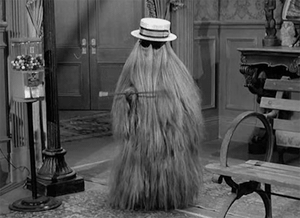Time to read: 2 minutes
 Of all of the things that can impede wearing hearing aids comfortably, the one that might be the most embarrassing to talk about is... ear hair.
Of all of the things that can impede wearing hearing aids comfortably, the one that might be the most embarrassing to talk about is... ear hair.
First of all, having ear hair is perfectly normal. So what are these hairs that start emerging from your 50s?
These are tragi hairs or terminal hairs and they typically emerge in the ear, the nose and, for the ladies, on the chin. Doctors believe the reason is for this is increased testosterone. Increased testosterone in older age makes these terminal hairs thicker and grey.
These hairs (except, perhaps the ones on the chin) serve an important purpose. Ear hair in particular serves to filter dust and debris as to stop insects from crawling in… ew!
Most people remove this hair for aesthetic reasons but excess hair can become a practical consideration too. When it clogs the ear canal, you may be prone to swimmer’s ear. It may exacerbate tinnitus as well.
Hairy ears can also affect the fitment of hearing aids. It can prevent hearing aids from making a good seal. That can result in not getting the best quality sound. Worse, you may find that you experience more feedback (whistling).
If your earring loss indicates you need moulds, it is important to ensure your ears are well groomed before the impressions are made. The impression material might trap those hairs and when the moulds are removed… ouch!
Did You Know?
- Hairy ears are considered to be a sign of longevity.
- It’s rare to have very long hair on your outer ear. It’s most common in men who live in India and Sri Lanka
- Nose and ear trimmers are a convenient and inexpensive way to manage wayward hair.
- Natural blondes have more hair than all other colors! Towheads top the charts with 150,000 strands; brunettes have 100,000 strands, and redheads average about 90,000 strands.